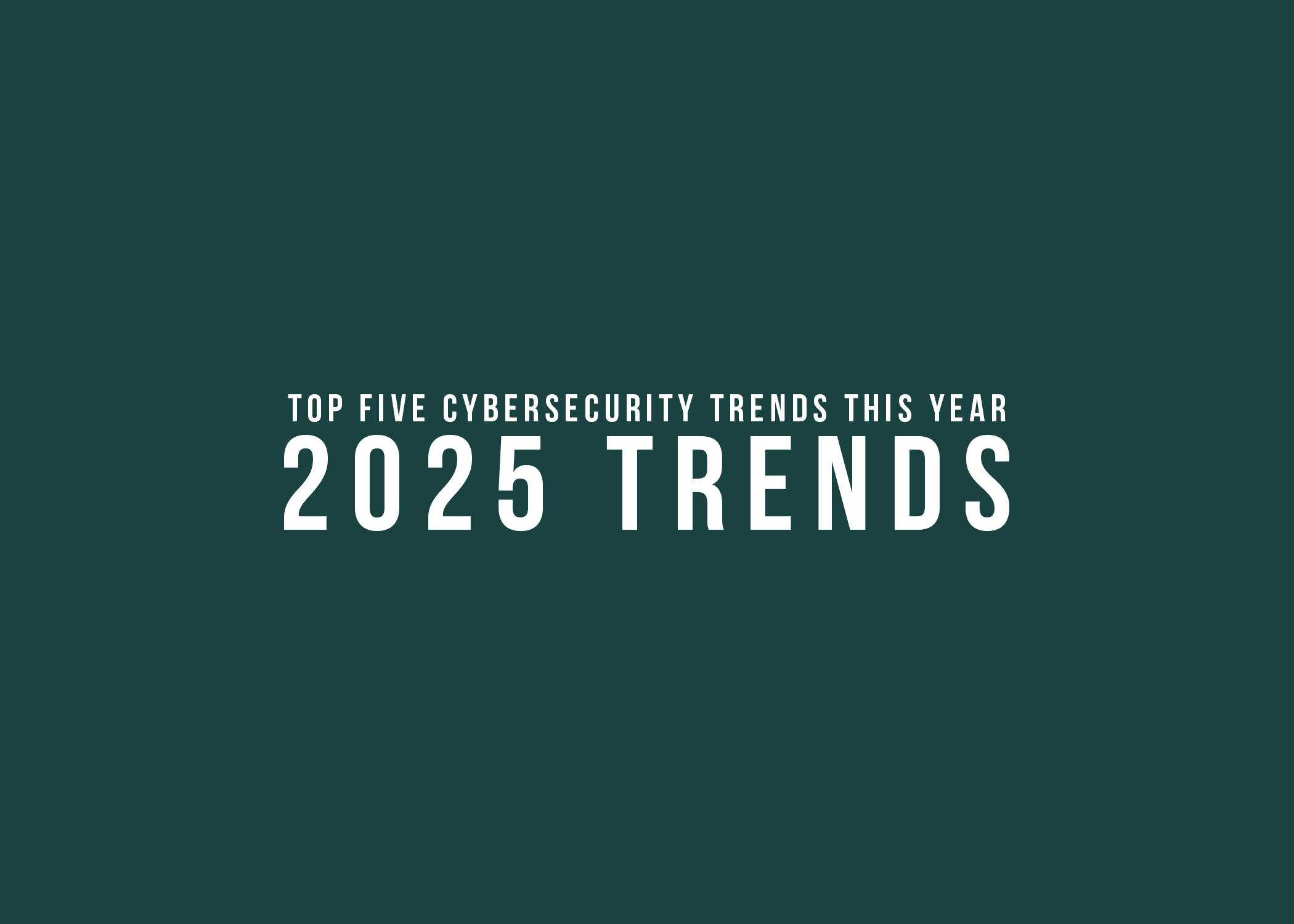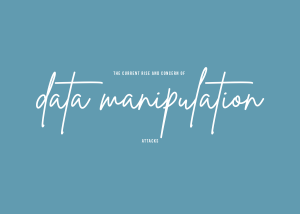As we venture deeper into the digital age, cyber threats continue to evolve in both sophistication and scale. In 2025, we can expect malicious actors to wield new technologies and exploit emerging vulnerabilities. For leaders and professionals who focus on cybersecurity policy, law, assurance, and technology, staying ahead of these trends is paramount. Below are five key developments we anticipate over the next year—and strategies to mitigate the risks they pose.
1. AI-Driven Attacks Will Become the Norm
The Trend:
Artificial intelligence (AI) and machine learning (ML) have already begun to reshape cyber threats. In 2025, criminals will be using AI to conduct more personalized phishing attacks, automate vulnerability discovery, and even generate convincing deepfake content. AI’s ability to sift through massive data sets at scale makes it a powerful tool—unfortunately, that power won’t remain exclusive to benevolent organizations.
Why It Matters:
- Policy and Law: AI-driven attacks challenge existing frameworks around attribution (identifying who is behind an attack) and legal liability. Policymakers will need to consider new legislation or amendments to existing cybercrime laws to cover AI-generated threats.
- Technology and Assurance: Traditional security tools that rely on static signatures or known threat patterns will struggle to keep up.
How to Combat It:
- Behavioral Analytics: Deploy AI-driven defense solutions that focus on detecting anomalies and unusual behavior in networks and user activity.
- Continuous Training: Regularly update ML models to adapt to emerging attack patterns, both on the defensive side and in user education.
- Regulatory Frameworks: Develop and enforce AI-related security policies, ensuring guidelines for responsible AI use, while penalizing misuse.
2. Rise of Quantum-Related Security Concerns
The Trend:
Quantum computing holds the promise of unprecedented computational power. While full-scale quantum attacks may still be years away, by 2025 we can expect significant progress in quantum research. Nation-states and well-funded adversaries may begin to stockpile encrypted data now, intending to decrypt it later once quantum capabilities mature—a practice sometimes called “harvest now, decrypt later.”
Why It Matters:
- Policy and Law: Emerging quantum standards will drive new compliance mandates. Governments worldwide will need to decide on requirements for post-quantum cryptography.
- Technology and Assurance: Organizations that do not transition to quantum-safe cryptographic algorithms risk long-term exposure of sensitive data.
How to Combat It:
- Post-Quantum Cryptography: Begin migrating to quantum-resistant encryption standards, as recommended by organizations like NIST.
- Data Minimization and Classification: Identify the most critical data sets that would be valuable to adversaries long term, and prioritize their protection.
- Long-Term Strategy: Advocate for legislation and global cooperation on quantum cybersecurity standards to ensure interoperability and consistent application.
3. Supply Chain Attacks Will Dominate Headlines
The Trend:
Recent years have seen high-profile supply chain breaches, and in 2025, we can expect these attacks to become even more pervasive. Cybercriminals are increasingly targeting trusted third-party vendors—such as software providers, cloud services, and hardware manufacturers—to infiltrate networks at scale.
Why It Matters:
- Policy and Law: Governments worldwide are enacting stricter rules to mandate disclosure and auditing of supply chain security practices. Failure to comply could result in legal penalties and reputational harm.
- Technology and Assurance: Traditional perimeter-based security is no match for threats introduced via legitimate tools or updates.
How to Combat It:
- Zero-Trust Architecture: Implement security controls that verify every user, device, and software component before granting access—regardless of where it originates.
- Vendor Assurance Programs: Establish rigorous standards for vendors, including regular security audits, mandatory breach reporting, and compliance with frameworks like ISO 27001 or NIST SP 800-161.
- SBOM (Software Bill of Materials): Require suppliers to provide a detailed inventory of software components, enabling more transparent risk assessments and faster incident response.
4. Regulatory and Legal Pressures Will Escalate
The Trend:
As cyberattacks grow in impact, governments worldwide will impose stricter regulations and more severe penalties for non-compliance. In the United States, federal and state authorities will continue to pass comprehensive privacy and cybersecurity laws (like the growing patchwork of state data privacy acts), while international bodies will refine existing mandates (e.g., GDPR in the EU).
Why It Matters:
- Policy and Law: The legal landscape for data protection and cybersecurity is becoming more complex, with overlapping requirements that vary by region.
- Technology and Assurance: Organizations must demonstrate robust security measures or face potential fines, legal battles, and reputational damage.
How to Combat It:
- Compliance-Driven Security Strategy: Align cybersecurity programs with emerging laws and regulations. Keep an eye on legislative developments to ensure proactive adaptation.
- Cross-Border Data Governance: For global or multinational organizations, implement strict data residency and transfer policies.
- Legal Risk Assessment: Collaborate closely with legal counsel to understand the direct and indirect costs of new regulations—and budget for compliance efforts.
5. Insider Threats Will Become More Sophisticated
The Trend:
Insider threats—whether malicious, negligent, or accidental—will continue to be a leading cause of data breaches. As technology evolves, attackers will find new ways to manipulate unsuspecting employees or compromise privileged accounts, making insider threat programs a critical part of any organization’s security posture.
Why It Matters:
- Policy and Law: Insider threat incidents can trigger high-profile investigations and expose organizations to liability if due diligence isn’t demonstrated.
- Technology and Assurance: Tools that solely focus on external threats won’t detect anomalies originating from legitimate user accounts.
How to Combat It:
- User Behavior Analytics (UBA): Deploy monitoring tools that can identify abnormal patterns of access or data usage, flagging potential insider threats early.
- Robust Access Controls: Enforce least-privilege access, strong identity management, and multifactor authentication to limit the damage an insider can do.
- Human-Centric Training & Oversight: Provide regular cybersecurity awareness training, focusing on social engineering tactics. Implement clear policies and oversight for privileged users.
Final Thoughts: Preparing for an Uncertain Cyber Future
In 2025, the cyber threat landscape will be more dynamic than ever, influenced by rapid advancements in AI, quantum computing, and the ongoing digital transformation across industries. For security professionals working in policy, law, assurance, and technology, the best defense involves a combination of forward-looking strategies, robust legal frameworks, and cutting-edge tools.
- Stay Agile: Cyber policies and legal frameworks need to evolve in tandem with emerging technologies.
- Foster Collaboration: Government entities, private sectors, and international partners should work together to share threat intelligence and establish global standards.
- Invest in People: While technology is crucial, well-trained and security-conscious personnel remain a cornerstone of any comprehensive cybersecurity program.
By anticipating these trends and proactively adapting your organization’s defensive posture, you can fortify your systems, protect sensitive data, and navigate the complexities of an ever-evolving threat landscape. The time to prepare for 2025’s cyber challenges is now.





